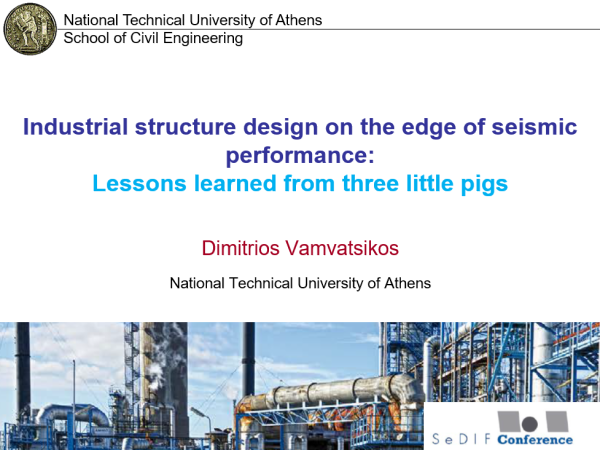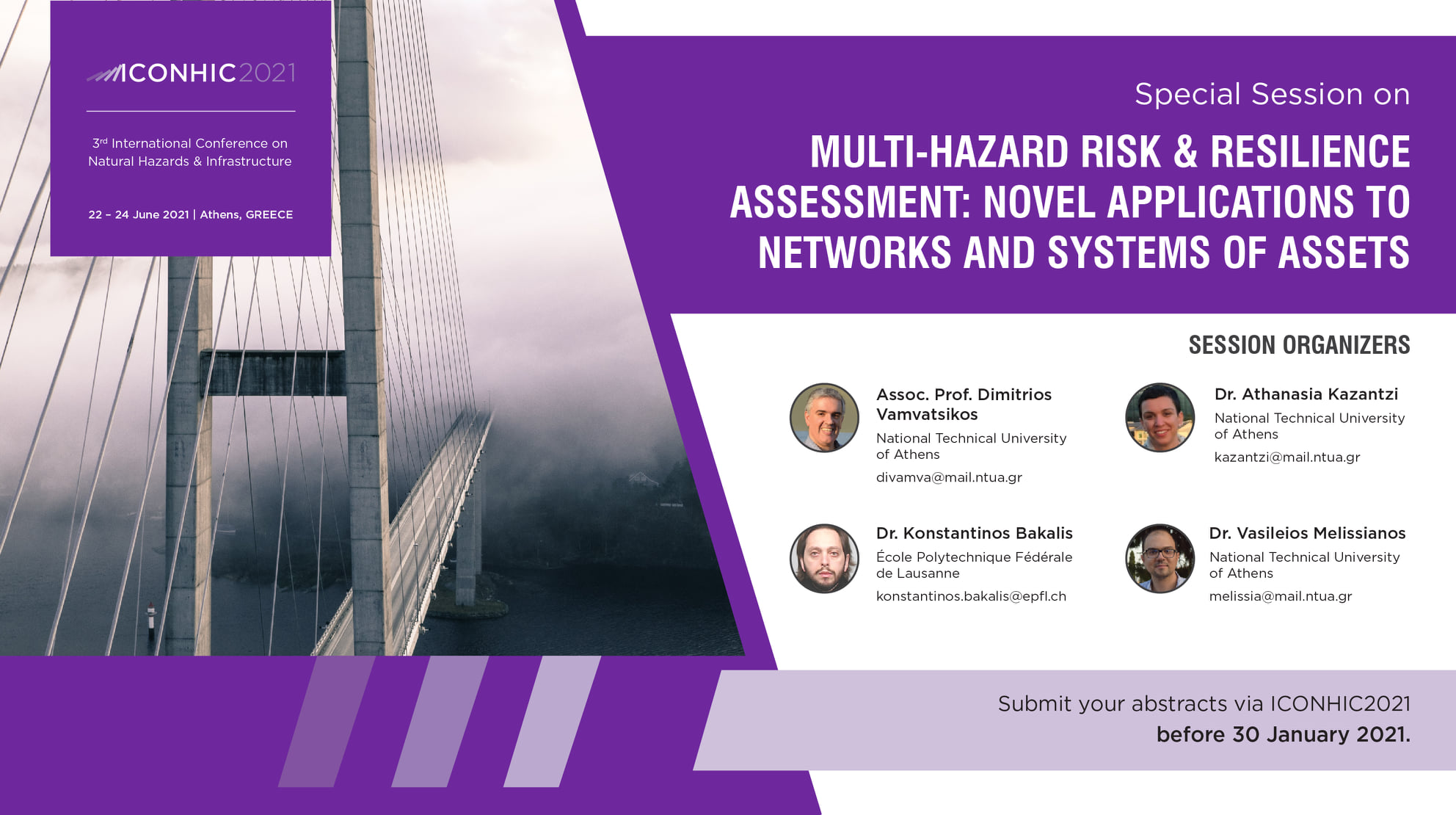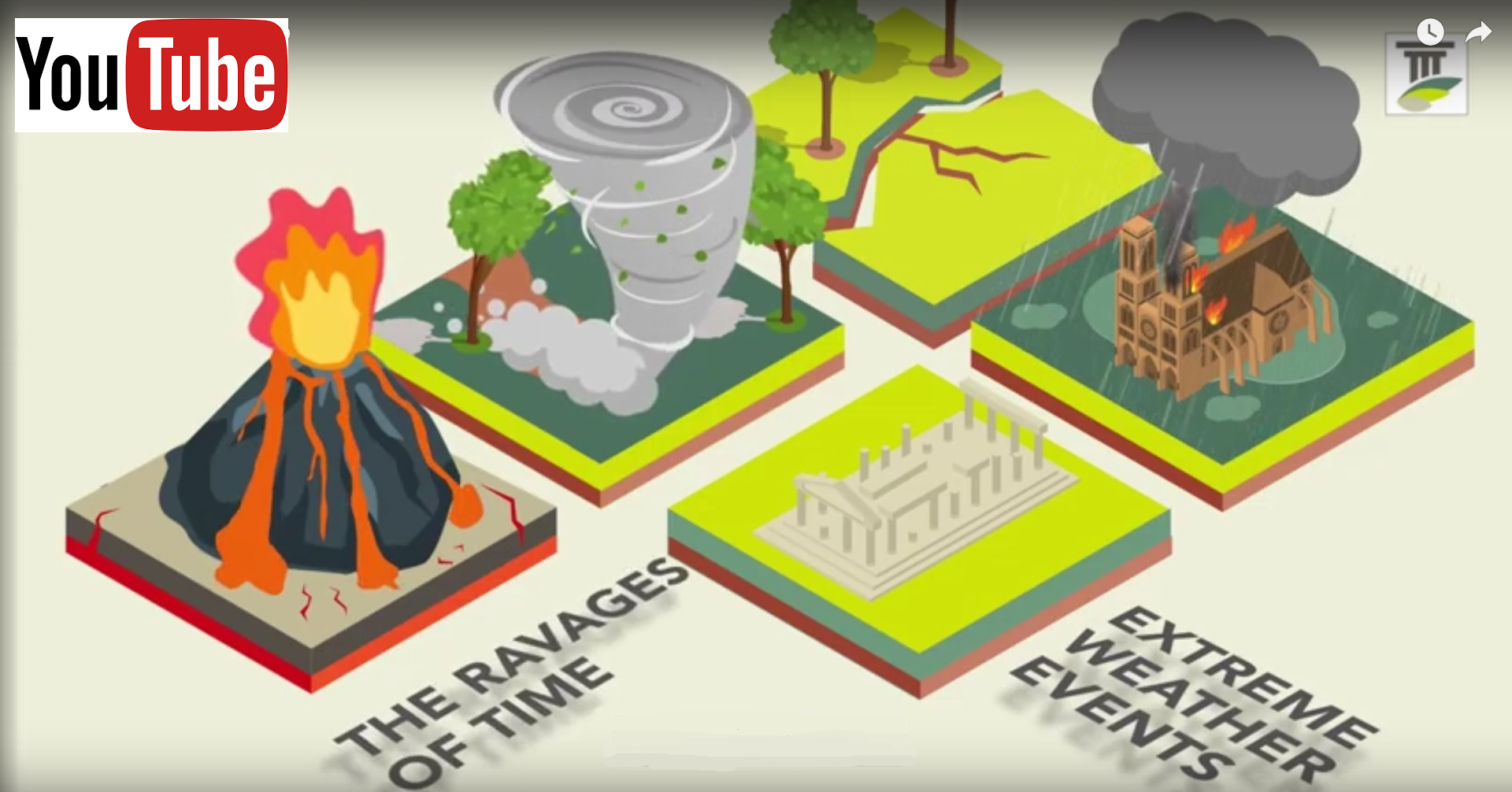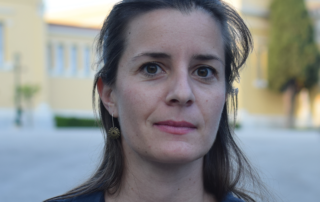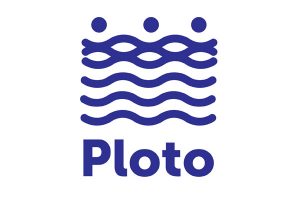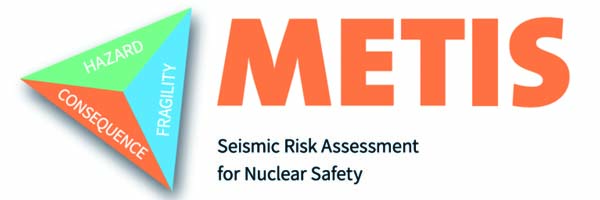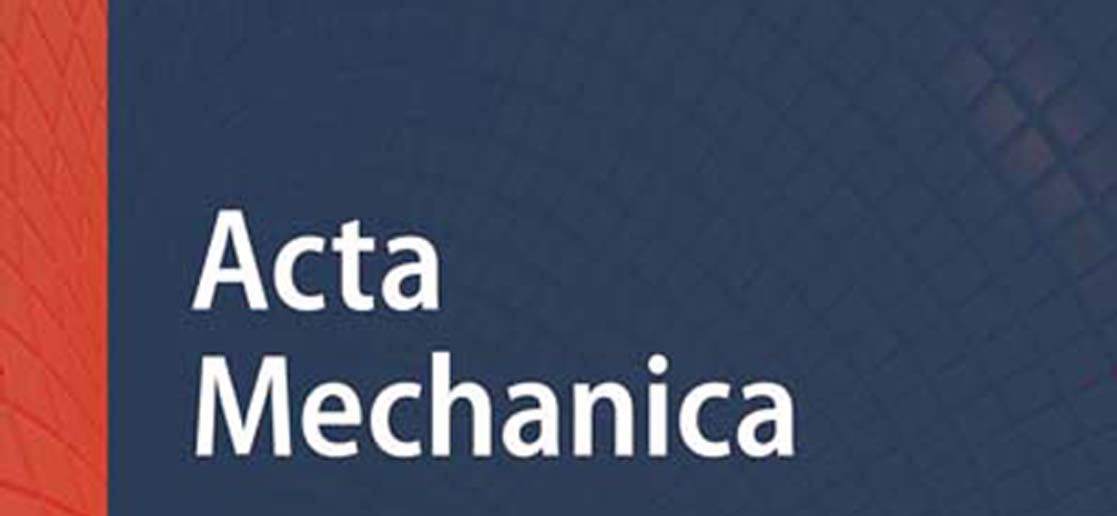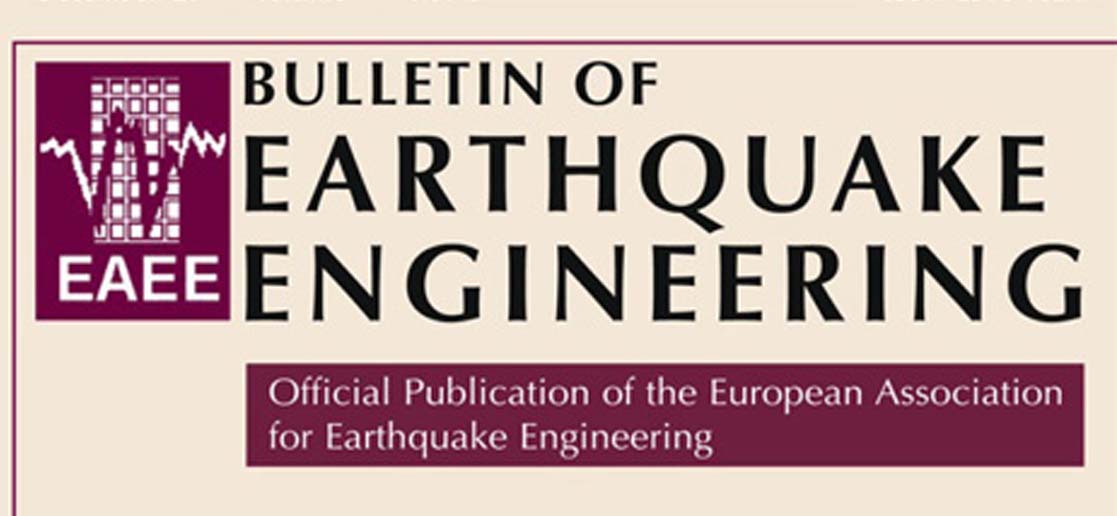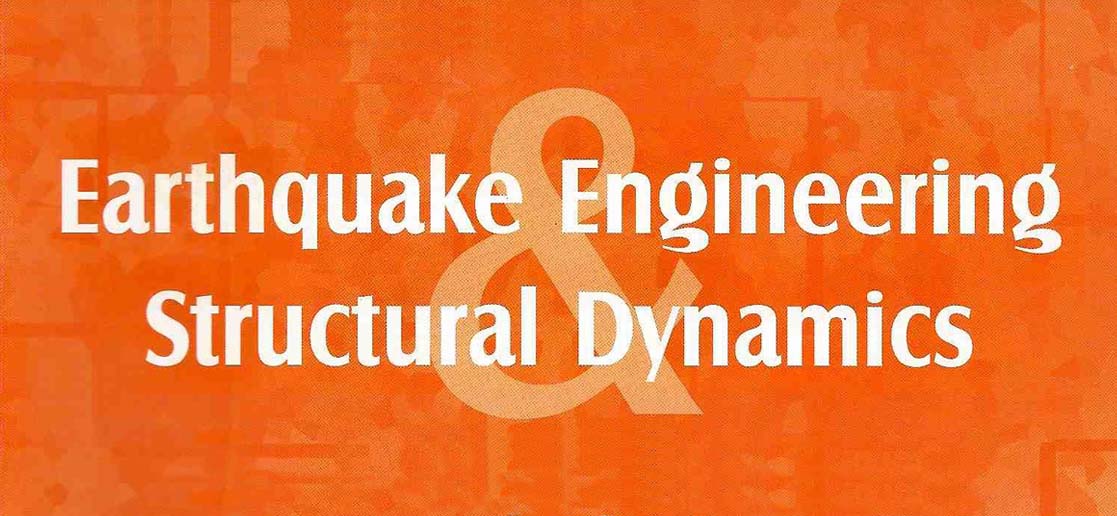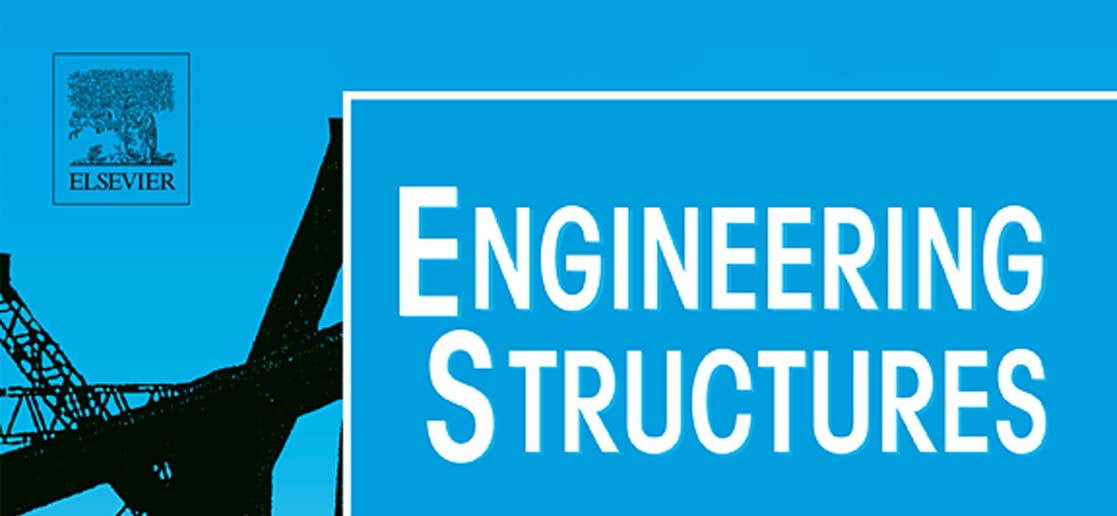Who We Are

The λab team is an energetic mix of individuals undertaking research and consulting projects within the wider field of risk assessment under natural and man-made hazards.
Our Team

Projects

Selected Publications
We have a strong commitment to disseminating our results in top peer-reviewed journals, conferences and guideline documents. Open, near-final versions of each document are available in the details of each publication.

March2024
Karaferis N.D., Melissianos V.E., Vamvatsikos D. (2024). Mechanical modeling, seismic fragility, and correlation issues for groups of spherical pressure vessels, Acta Mech, 235:1563-1582.
Abstract | A roadmap is outlined for determining comprehensive seismic fragility curves for (single or groups of) spherical pressure vessel structures commonly found in oil refineries. The developed modeling techniques aim to strike a balance between accuracy and computational efficiency, with a focus on capturing the most pertinent failure modes relevant to these structural types. First, a set of “partial” fragilities is determined based on each vessel’s fill ratio, as the response varies substantially depending on the amount of liquid content. Considering that a seismic assessment process invariably involves simultaneous consideration of such partial fragilities, a Monte Carlo-based approach is employed for their combination. The results naturally depend on the level of correlation employed, but can be almost perfectly matched by simpler analytical methods in the edge cases of full and zero correlation.
Melissianos V.E., Vamvatsikos D., Danciu L., Basili R. (2024). Design Fault Displacement for Lifelines at Fault Crossings: The Code-Based Approach for Europe. Bulletin of Earthquake Engineering, 22: 2677-2720.
Abstract | The earthquake-resistant design of lifelines, such as pipelines, tunnels and bridges, is based on the reliable representation and estimation of the seismic loading. In the case of lifeline–fault crossings, the design fault displacement is typically derived from estimates based on fault dimensions via empirical fault scaling relations for a given “design” scenario event. This approach comes with an unknown level of safety because the fault productivity and the actual distribution of earthquake events are essentially disregarded. To overcome this challenge, a simplified approach is proposed by statistically analyzing the outcome of probabilistic fault displacement hazard analyses (PFDHAs). A selection of faults from the 2020 European Fault-Source Model is used to build the logic tree and to set the range of parameters considered in the PFDHAs. The methodology allows the (mostly conservative) approximation of the fault displacement corresponding to any given return period based on readily available data, namely fault productivity, fault mechanism, fault length, and lifeline crossing location on the fault. The proposed methodology has been proposed and adopted as an informative Annex in prEN 1998-4:2022.
January2024
Kazantzi A.K., Karaferis N.D., Melissianos V.E., Vamvatsikos D. (2024). Acceleration-sensitive ancillary elements in industrial facilities: alternative seismic design approaches in the new Eurocode. Bulletin of Earthquake Engineering, 22: 109-132.
Abstract | The Eurocode 8—Part 4 approaches, per their December 2022 update, are presented for the design of acceleration-sensitive industrial ancillary components. The seismic performance of such nested and/or supported ancillary elements, namely mechanical and electrical equipment, machinery, vessels, etc. is critical for the safety and operability of an industrial facility in the aftermath of an earthquake. Of primary importance are the structural characteristics of the supporting structure and the supported component, pertaining to resonance, strength, and ductility, and whether these are known (and to what degree) during initial design and/or subsequent modifications and upgrades. Depending on the availability and reliability of information on the overall system, the Eurocode methods comprise (a) a detailed component/structure-specific design accounting for all pertinent component and building characteristics, equivalent to typical building design per Eurocode 8—Part 1–2, (b) a conservative approach where a blanket safety factor is applied when little or no such data is available, and (c) a ductile design founded on the novel concept of inserting a fuse of verified ductility and strength in the load path between the supporting structure and the ancillary element. All three methods are evaluated and compared on the basis of a case-study industrial structure, showing how an engineer can achieve economy without compromising safety under different levels of uncertainty.
November2023
Dasiou M-E., Lachanas C.G., Melissianos V.E., Vamvatsikos D. (2024). Seismic performance of the temple of Aphaia in Aegina island, Greece. Earthquake Engineering and Structural Dynamics, 53(2):573-592
Abstract | The seismic performance assessment of the ancient Temple of Aphaia in Aegina island, Greece, is presented. The Temple of Aphaia was erected around 500BC using porous limestone and is one of the most characteristic examples of Doric architecture. The assessment is performed within a performance-based framework using state-of-the-art tools of earthquake engineering. In the first part, the seismic hazard of the site was calculated using the European Seismic Hazard Model and hazard-consistent records were selected. Then, the Temple was scanned by drone and the point cloud was used to develop the numerical structural model. The Temple was analyzed using the discrete element method. Appropriate engineering demand parameters and limit state thresholds were defined. Fragility curves for the structural elements, namely, columns and architraves, of the Temple were computed via multi-stripe analysis. Finally, the seismic risk of the Temple was evaluated using long-term estimates in terms of return periods of exceeding limit states and total loss. The outcomes of the study offer valuable information to engineers, architects, and archaeologists regarding the current status of the monument in terms of identifying its most vulnerable elements and allowing the prioritization of short- and long-term restoration actions.
July2023
Melissianos V.E., Danciu L., Vamvatsikos D., Basili R. (2023). Fault displacement hazard estimation at lifeline–fault crossings: A simplified approach for engineering applications. Bulletin of Earthquake Engineering, 21: 4821–4849
Abstract | Lifelines, such as pipelines, roads, and tunnels, are critical infrastructure and when crossing active tectonic faults, a reliable estimation of the fault displacement in case of an earthquake is required. The first and simplest approach is to use empirical fault scaling relations to compute the design fault displacement, but this may result in an unknown level of safety. Thus, the probabilistic fault displacement hazard analysis (PFDHA) is the appropriate tool to assess the fault displacement hazard within a performance-based framework. Based upon an established PFDHA model, we present a simplified approach for engineering applications focusing on the lifeline–fault crossing along with appropriate simplifications and assumptions to extend its applicability to numerous faults. The aim is to provide a structure-independent approach of PFDHA that can be used when a site-specific study is not required, not possible (e.g., absence of recent sediments for dating past events), or too cumbersome, e.g., for lifeline route selection. Additionally, an in-depth investigation is presented on the key parameters, such as maximum earthquake magnitude, fault length, recurrence rate of all earthquakes above a minimum magnitude, and lifeline-fault crossing site, and how they affect the hazard level. This approach will be the basis for deriving hazard-consistent expressions to approximate fault displacement for use within the Eurocodes. The latter is intended to serve as a compromise between hazard-agnostic fault scaling relations and a comprehensive PFDHA, which requires detailed calculations and site-specific seismological data.
February2023
Lachanas C.G., Vamvatsikos D., Dimitrakopoulos E.G. (2023). Intensity measures as interfacing variables versus response proxies: The case of rigid rocking blocks. Earthquake Engineering and Structural Dynamics, 52(6):1722-1739.
Abstract |A comparative study of alternative Intensity Measures (IMs) for structures of rocking response is presented, focusing on the salient characteristics that define the selection of an optimal IM for the problem at hand. An IM may play the role of an interfacing variable, linking hazard with fragility/vulnerability for the risk assessment of structures, or it may only be employed as a proxy for predicting structural response under a given ground motion. In the first case, low conditional variability (high efficiency) and low conditional dependence on seismological parameters (high sufficiency) are needed. For response proxy usage, one may place more importance on the predictive capability of the IM within a simple regression model, favoring high correlation and low fitting errors over an extended range of response. The results showcased that (i) the peak ground acceleration and peak ground velocity, tend to be highly efficient and sufficient in specific regions of rocking response, that is, onset of rocking and overturning, respectively, but not necessarily everywhere; (ii) the average spectral acceleration shows a more consistent performance at the cost of requiring the definition of a proper period range; (iii) magnitude sufficiency is generally more difficult to achieve, compared to the distance from the rupture, and (iv) IMs that may be unsuitable for risk and vulnerability assessment, can still be highly effective as response predictors in statistical models.
October2022
Lachanas C.G., Vamvatsikos D., Dimitrakopoulos E.G. (2022). Statistical property parameterization of simple rocking block response. Earthquake Engineering and Structural Dynamics, 52(2):394-414.
Abstract | The parametric representation of rocking fragilities is statistically investigated. Initially, the potential normalization of the rocking parameters to reduce the problem’s dimensionality is tackled by undertaking comparisons both on a single-record and a sample-of-records basis. It is found that the slenderness angle can be normalized out when probabilistically considering the rocking response of simple rocking blocks with the same semi-diagonal length. Then, the robustness of the lognormal distribution for characterizing the rocking motion is investigated. Sets of pulse-like and ordinary ground motions are employed to test the lognormal fit for the full range of rocking response when the peak ground acceleration or the peak ground velocity are employed as intensity measures. In both cases, the lognormal distribution offers an adequate, but often imperfect, baseline model of the rocking fragility curves. Instead, a shifted lognormal that accounts for the absence of response below the rocking initiation intensity is an enhanced solution that can form the basis for offering simplified response model surrogates.
September2022
Bilionis D.V., Vlachakis K., Dasiou M.E., Vayas I., Vamvatsikos D., Lagouvardos K. (2022). Risk assessment of rehabilitation strategies for steel lattice telecommunication towers of Greece under extreme wind hazard. Engineering Structures, 267: 114625.
Abstract | The risk and losses associated with the wind-induced failure of existing steel lattice telecommunication towers are assessed for a number of upgrade/replace/redesign schemes. Specifically, a performance-based wind engineering framework is employed for assessing a typical tower topology used by EU telecommunication network operators over four different cases: a conventional design, its corroded version after 60 years, a strengthened version of the corroded tower by applying fibre-reinforced polymer plates, and a redesign with high-strength steel. Multiple potential sites of installation were considered throughout coastal and mainland Greece, comprising two different groups of design wind speed. Mischaracterization of the site-specific wind distribution is by far the most important risk factor, with corrosion coming right behind. Still, selecting a rehabilitation approach does not depend only on site and tower characteristics, but also on the projected direct and indirect losses. By considering service to different populations, even after 60 years of corrosion, the “Do Nothing” approach may still be competitive when serving few residents and for short projected lifetime, while an upgrade is considered optimal for larger towns, or wherever higher revenue is on the line.



